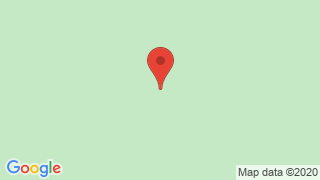Cuyabeno - Flora and Fauna Production Reserve






The Cuyabeno Wildlife Production Reserve awarded by Travelers' Choice 2013
This award, which is a bonus for the Cuyabeno Wildlife Production Reserve (RPFC), was made by guests and tourists from all over the world. Tt is very representative in cyberspace.
Siona Lodge Cuyabeno Reserve was awarded the Travelers' Choice award as one of the 25 hotels with the best customer service in Ecuador. The distinction is based on millions of opinions and comments from TripAdvisor.com travelers.
El Cuyabeno, a wildlife sanctuary
It is the habitat where the greatest amount of wildlife is found, and where there is a great diversity of flora and fauna. It has a rainy climate, and a system of lagoons, rivers and a tropical forest has been formed. The reserve extends to a record 603,000 hectares in terms of the highest levels of biodiversity in the world, along with the Yasuni National Park.
The Cuyabeno reserve belongs to the National System of Protected Areas of the Ministry of Environment (MAE), and it is located in the Province of Sucumbíos, northeast of the Amazon Region of Ecuador, border with Colombia.
The main attractions of Cuyabeno are related to the enormous biodiversity and the imposing hydrographic system that is part of the Amazon Basin. The latter is the most extensive and the largest in the world.
Its flora is among the most diverse on the planet with around 12 thousand species distributed in different habitats such as 60 species of orchids. As for fauna, it is estimated that there are about 1,320 species: 165 mammals such as Tapir (Tapirus terrestris), 493 birds, 550 different species of birds, 96 amphibians, 91 reptiles and 475 fish.
The Reserve is also home to species that are in danger of extinction, such as the famous pink river dolphin, a very peculiar bird such as the Hoatzin or eagle of the region, with its opening of eight-foot wings.
Near the banks of the Cuyabeno and Aguarico rivers live 7 indigenous communities, belonging to five nationalities: Sionas, Secoyas, Cofanes, Quichuas and Shuaras, which offer the opportunity to do community tourism.
These ethnic groups are, for the most part, small populations, which subsist from hunting, fishing, agriculture and ecotourism activities.
Cuyabeno ecotourism and adventure
Ecotourism in the wildlife reserve begun with the purpose of generating sustainable income for the different indigenous families, in addition to protecting the fauna and the ecosystem.
Cuyabeno has crossed the borders and is an attractive destination for tourists to do ecotourism in Ecuador.
The tour operators and communities have faced the challenge of maintaining and conserving this territory through responsible environmental and social management. Local indigenous communities are involved with tourism activity. Few places have restrictions for tourists.

Publicado en:
Publicado por:



